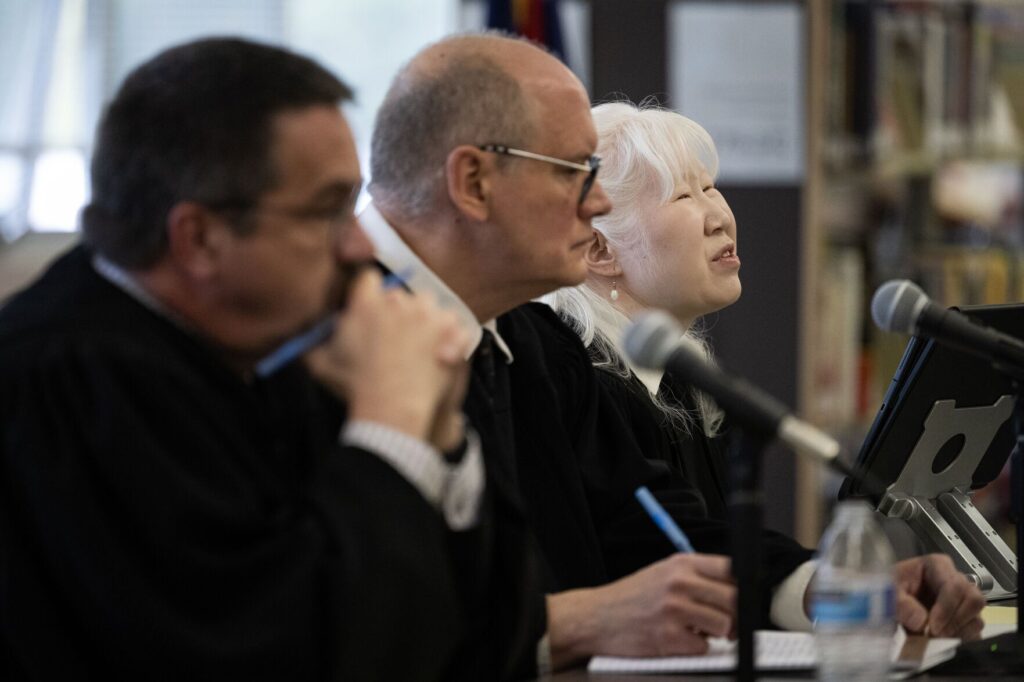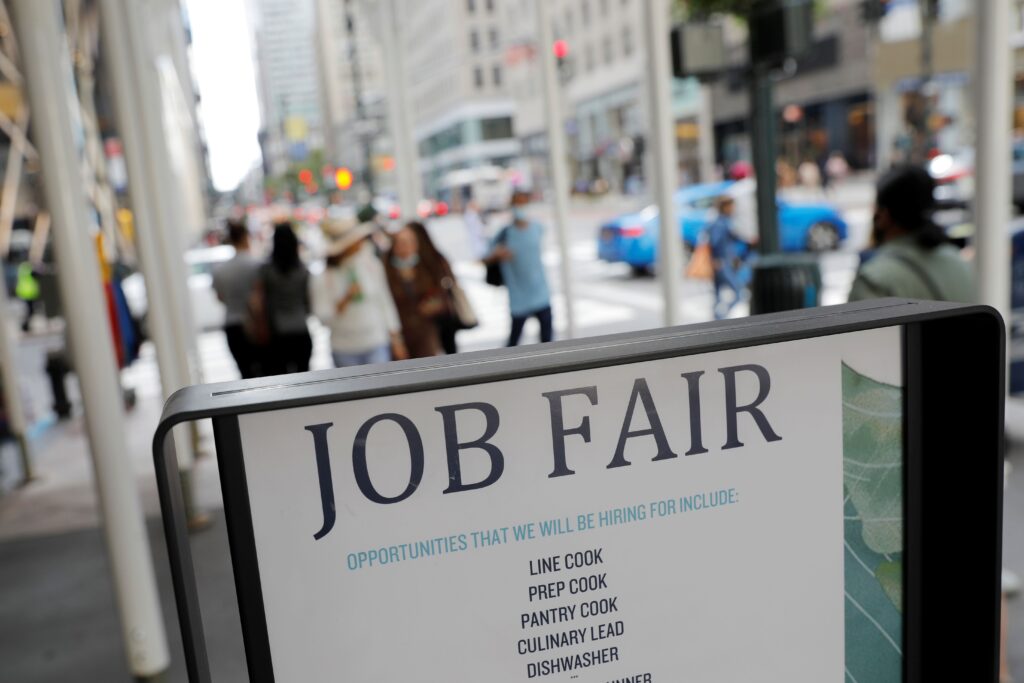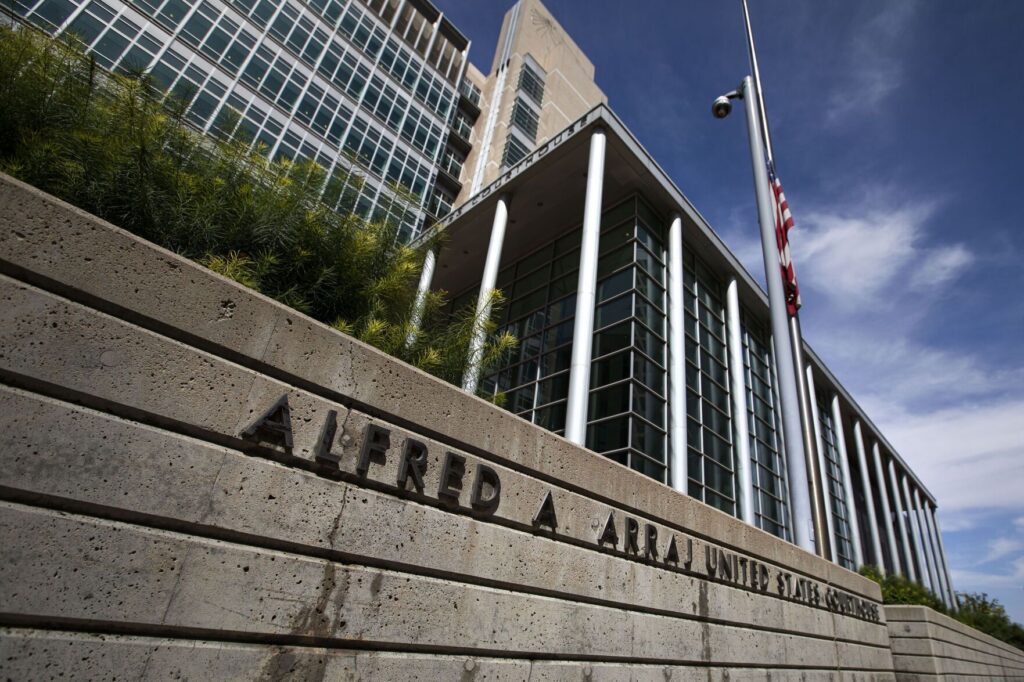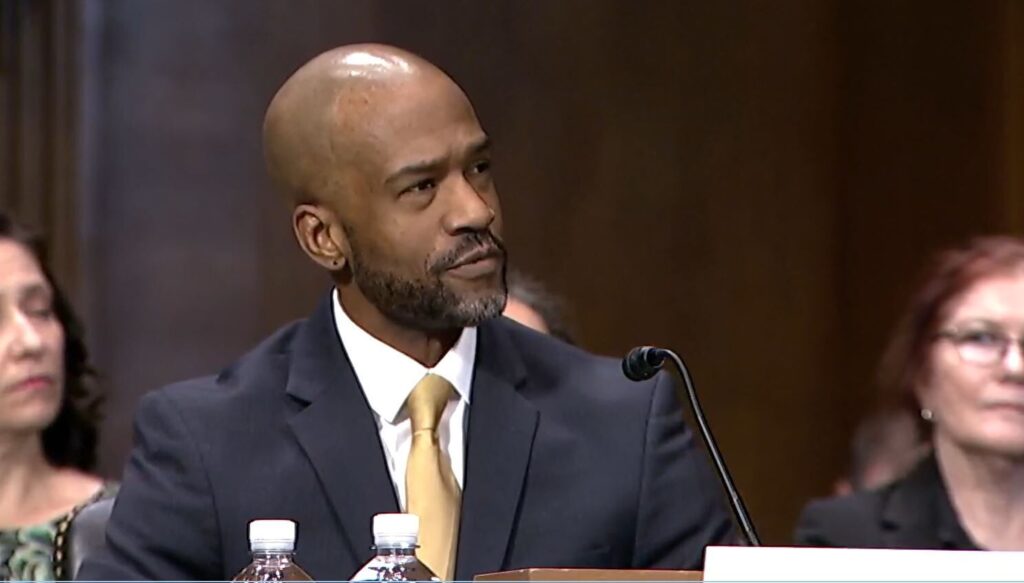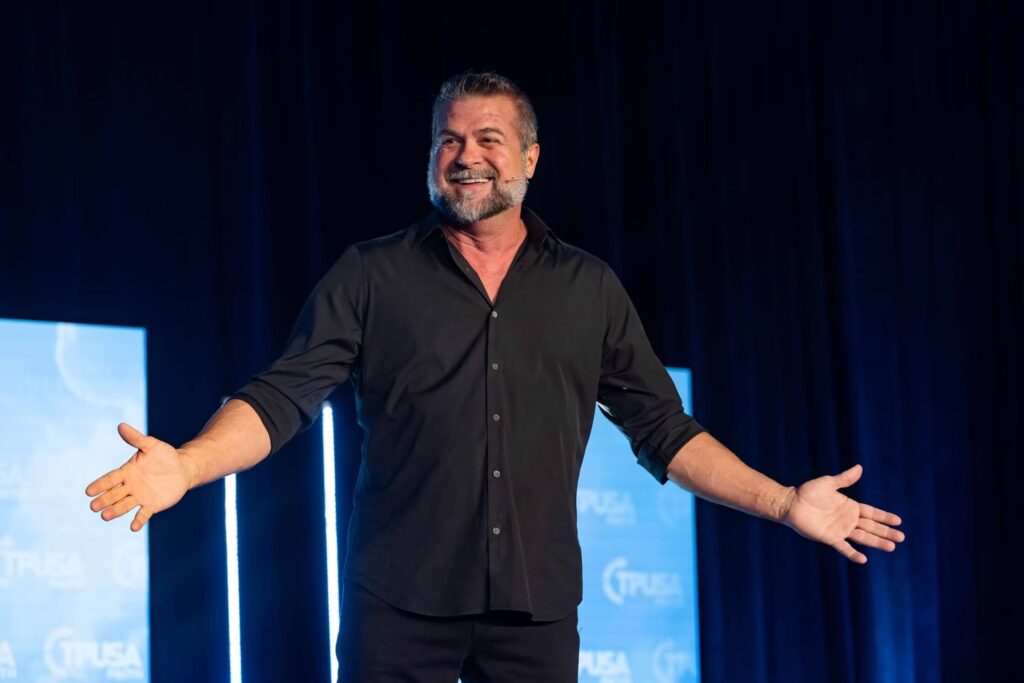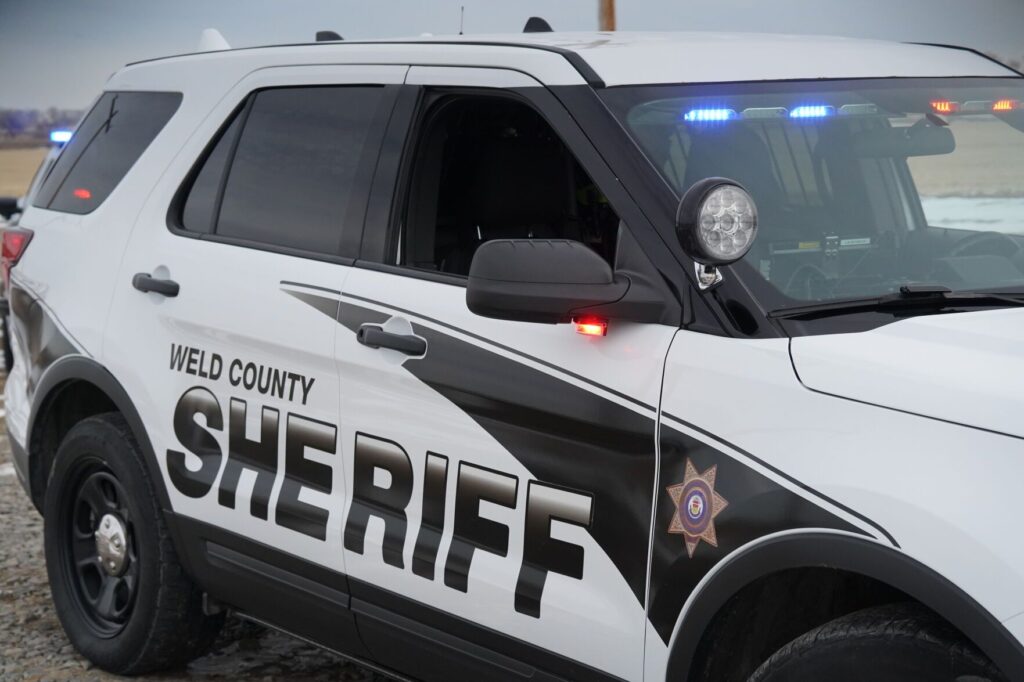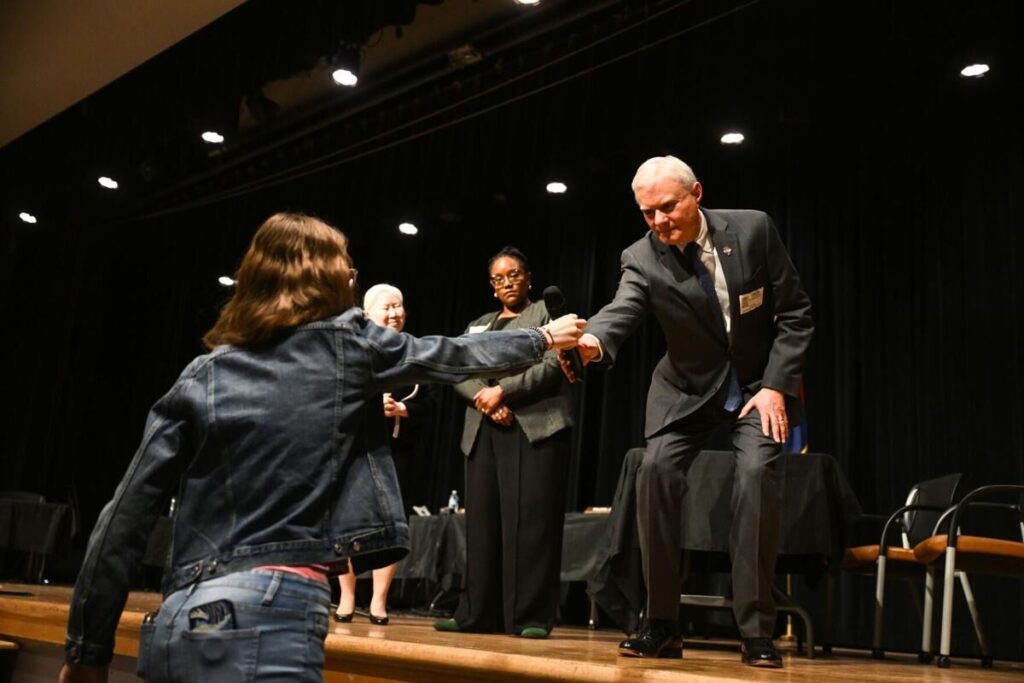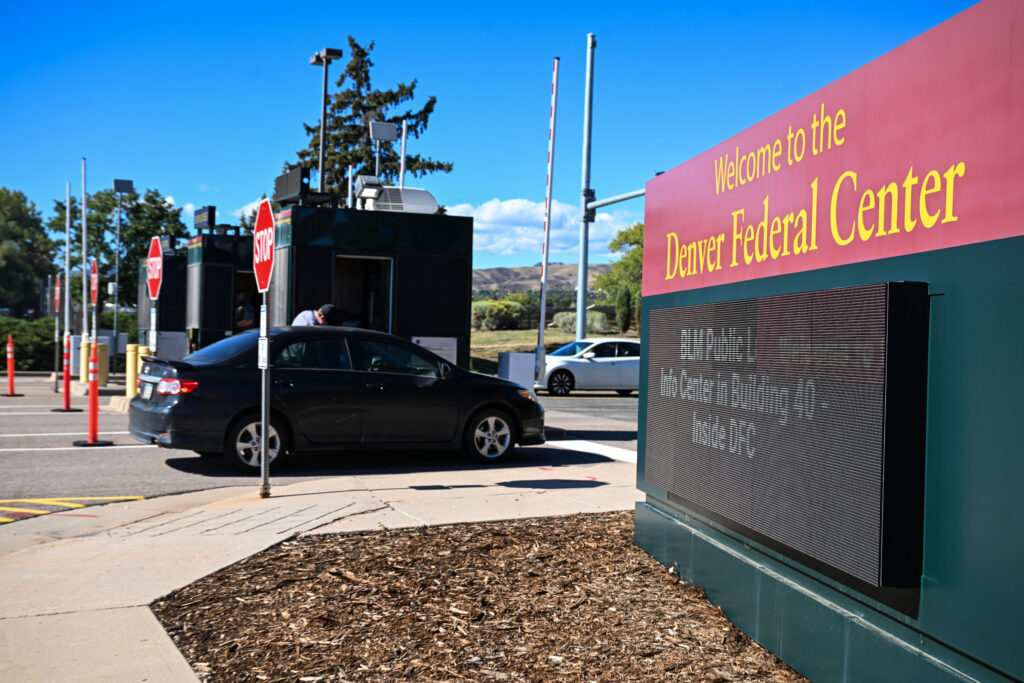Here’s a tale of two legislatures in Colorado; lawmakers face tight budgetary pressures; Democrats pick April 1 to nominate a candidate to replace Ken Buck | WHAT YOU NEED TO KNOW
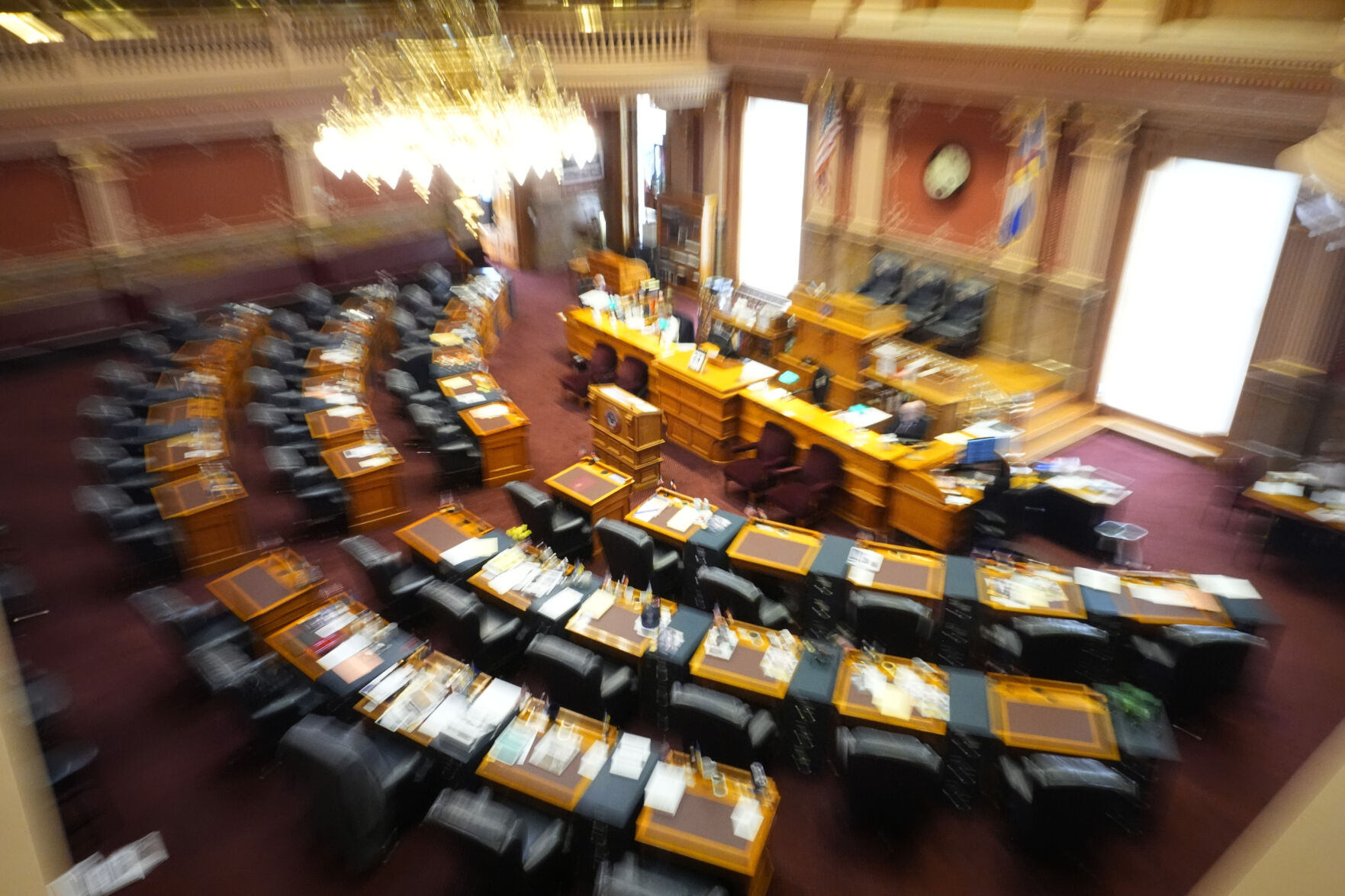
Today is March 18, 2024, and here’s what you need to know:
On multiple levels of analysis, Charles Dickens’ dichotomies illustrate the “two legislatures” at the state Capitol.
In one “legislature,” members routinely push measures designed to solely win the support of their party mates. Such proposals possess a strong ideological bent, and while they seek to tackle major societal problems, they often eschew any middle ground, preferring, instead, to approach solutions through partisan lenses.
For Democrats, that often applies to their bills on climate, guns, gender identity, abortion or elections. For Republicans, that often means measures on illegal immigration, school choice and, also, abortion.
Then there’s the other “legislature,” in which legislation draws support from both sides and solutions appear to be more pragmatic, or at least palatable to some members of both parties.
Funny enough, it’s sometimes the same people who make up these “two legislatures.”
Colorado lawmakers face tight pressures as they begin to craft the state’s spending plan, which could mean less money available for their priorities in the next fiscal year.
In particular, the state has collected a lot more in “cash” funds.
Here’s why that matters: There are about 400 sources of cash funds that go into the state budget. Once the combination of cash and “general fund” dollars goes above the Taxpayer’s Bill of Rights limit, the state must use general fund money to cover TABOR refunds mandated by that surplus.
So, the more cash funds grow, the more pressure it puts on “general fund” dollars.
The March revenue forecast – the all-important set of numbers that gives state budget writers their final look at what’s available to spend before finalizing next year’s spending plan – shows exactly that.
The Colorado Democratic Party on Friday scheduled an online convention for April 1 in the state’s 4th Congressional District to nominate a candidate to replace Republican U.S. Rep. Ken Buck, who announced his resignation this week.
The Democrat chosen at the convention will run against the Republican nominee – and any third-party or unaffiliated candidates who qualify for the ballot – in a special election on June 25, the same day as the state’s primary election.
Buck said on Tuesday that his last day as a member of Congress will be March 22, creating a rare House vacancy that must be filled in a special election – only the second in state history.
In this article, Ed Sealover, Editor of The Sum & Substance, explored legislation over broadband and telecom fees:
While state broadband officials ready their action plan to expand fiber to 99% of Colorado, a dispute over the amount of fees that telecommunications companies must pay to install lines along public rights of way has stalled dueling legislative efforts to define those fees.
A bipartisan quartet of legislators introduced Senate Bill 91 just two weeks into the 2024 session on Jan. 24 at the behest of Colorado Counties Inc. and rural telecom companies. The bill lets the Colorado Department of Transportation impose a one-time permitting fee to lay broadband fiber along rights of way but prohibits it from charging annual fees – reversing a policy enacted in December by the Colorado Transportation Commission.
Meanwhile, the Joint Technology Committee continues to work on a separate bill that would pull the new fees generated from broadband providers into a state enterprise so that the money is exempt from the Taxpayer’s Bill of Rights revenue cap. A draft version of the bill supplied to The Sum & Substance would require imposition of both a one-time administrative fee and annual fees, though it doesn’t define what those fees would be.
A Douglas County judge allowed prosecutors to mislead the jury into thinking they should still convict a man of sexual assault despite the absence of his DNA, Colorado’s second-highest court ruled on Thursday in overturning the convictions of Clayton Angus Hood.
Jurors found Hood guilty of raping a teenage girl who lived in his household. They heard at trial that Hood’s DNA was not found on or inside the alleged victim’s genitalia. But the prosecution minimized that fact, suggesting the victim could have shed or showered off Hood’s DNA, still rendering him guilty.
However, jurors did not know then-District Court Judge Patricia Herron blocked them from hearing how DNA from three people, including one male, was instead found on the outside of the victim’s genitalia. Writing for a three-judge panel of the Court of Appeals, Judge Jaclyn Casey Brown explained Herron’s decision meant jurors were left to believe the absence of any DNA was not a barrier to convicting Hood.



